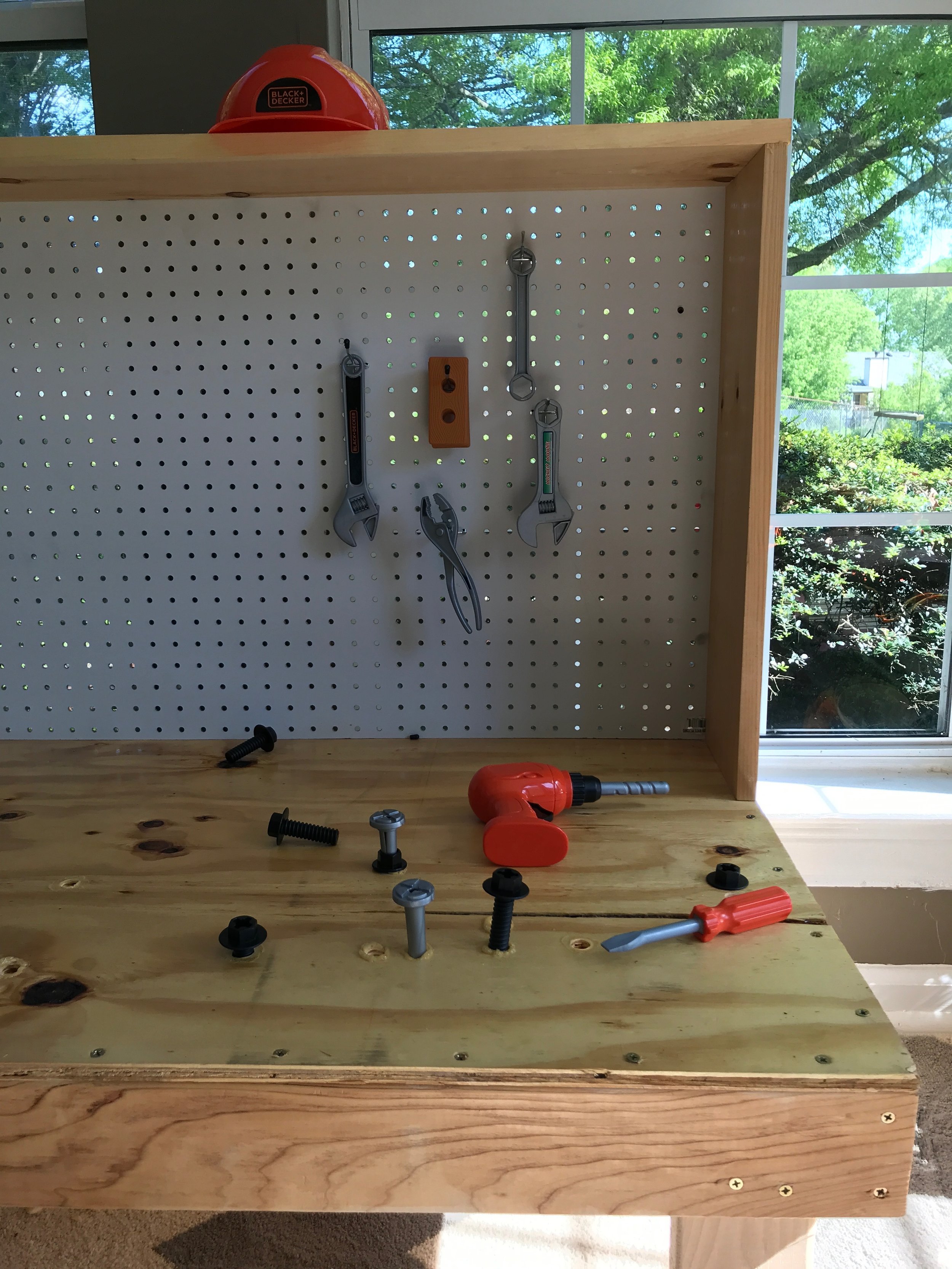© 2017 www.PLAtimebox.com
These methods work really great to create moments for your child to communicate, to minimize over-stimulation for both you and for them, and to really let your child spend quality time with each toy that someone has given. It also helps to keep the pieces together and be truly enjoyed to their fullest potential. No matter what or how you allocate play space, we have some great tips for using your kid’s play area to enhance their communication.
First, sort all toys into four groups.
“Favorites” - 4-6 of each child's current favorites
“Quiets” - Toys they can play quietly while you are handling bills or some other business. (magnetic or dry erase boards, puzzles, play-doh,etc.
“Gigantics” - Large toys (i.e. kitchens, car tracks, work benches, doll houses etc.)
“Fillers”- The remaining/left overs/everything else
Next, store the groups in various locations.
In Reach/Accessible Items: Put 2-3 from their “Favorites” in a reachable location down on floor, a bench, or low bookshelf. Add two more from the “Fillers” group to the shelf or floor. The “Gigantics” will also remain easily accessible and nearby (because there is nowhere else for them to go, but put their accessories in a container stored on closet shelf or nearby).
Quiet Items: Box up the “Quiets” group or put in a cabinet where they can’t be reached or seen. (Empty Diaper boxes are great for concealing these in closet shelves until needed.)
Shelf Items: Combine the other 3-4 from their “Favorites” with 2-3 “Fillers” and place them on a high shelf where they can be seen but not reached (free-hanging display shelf or closet shelf or put them in extra extra large clear Ziploc bags hanging in closet)
*******for safety, don't place on top of a bookshelf or dresser that can be climbed*********
Packed Away Items: Pack up the rest in Rubbermaid boxes that are not clear and put away. (or empty diaper boxes)
Each group promotes the following:
Accessible/"In Reach" Group promotes independence for both play and cleanup. It is less likely to over-stimulate (both child and parent) because there are only around 8 things out for play choices or clean up.
Quiet Group promotes child’s ability to play alone, making choices, and increases attention span. When you are anticipating taking care of a phone call or a something else, choose four quiet toys and lay them out while child is not around. Before you address your task, let your child choose two items and tell them they must play with them until you complete your task. The novelty of not having them always available often extends their attention to them. Be sure to try and finish your task within 15-30 minutes (setting a timer for myself helps me) and immediately put away those quiet toys. For younger children, pause after 15 minutes and let them exchange for 2 more toys.
Shelf Group promotes requesting and cleaning up something before getting out something else. Tell your child they can have these toys whenever they want them but they must ask for help getting them and they must trade one of the "In Reach" toys for a shelf item. For children under 3, accepting a gesture or point to an item is communicating as long as not screaming or grunting and should be rewarded by giving them the item . As they age, require some letter type sound with the gesture gradually moving to the word. Do not accept crying, screaming or whining. If they haven't said the word but you know what they want, play confused. Take the wanted item and a second one off the shelf and give them a choice, saying each word as a model. "Do you want the monkey or the bear?" Accept a point and sound attempt close to the word and give them the item they desire.
Packed Away Group creates novelty which often elicits the Child's initiation of communication. It should remain packed away for a month. At the beginning of each month, during nap, TV time or while they are away, switch out the toys. Box up the “Shelf group”, moving the “In Reach/Accessible group” to the shelf, and the Packed group to the floor/bench / low bookshelf. Be sure to consider their favorites in the swap and leave some favorites in reach. You don’t want to pack away something that will be terribly missed. As they discover the “new” toys, they will likely come and show you. Be prepared for interacting with them, asking them what they found? What color is it? What does it do? Ask them emotion questions to begin to teach emotional vocabulary. For instance, were they “surprised” to see their toys? Did it make them “excited”? Are they “grateful” that Mom/Dad unpacked them? Do they remember where and how they got that toy?
Bonus Rotations: When purchasing those "Gigantics" think about some alternative rotations for them. For example, a table could be for art, could be turned into salon or office, or a fort. A toy construction workbench could be changed to a grill with just a cooling rack and some food or it could become an office or have car tracks clamped to it. A kitchen could become a doctor's lab, a library (refrigerator becomes book shelves, sink is book return with the faucet as scanner.) Pack up each group of accessories to change out the "Gigantic" and bring novelty back to them with each rotation. This promotes problem solving and out of the box thinking when children see their parents model these things in pretend play. It also encourages contentment because you don't have to buy each enormous toy to have the joy of playing that activity!




